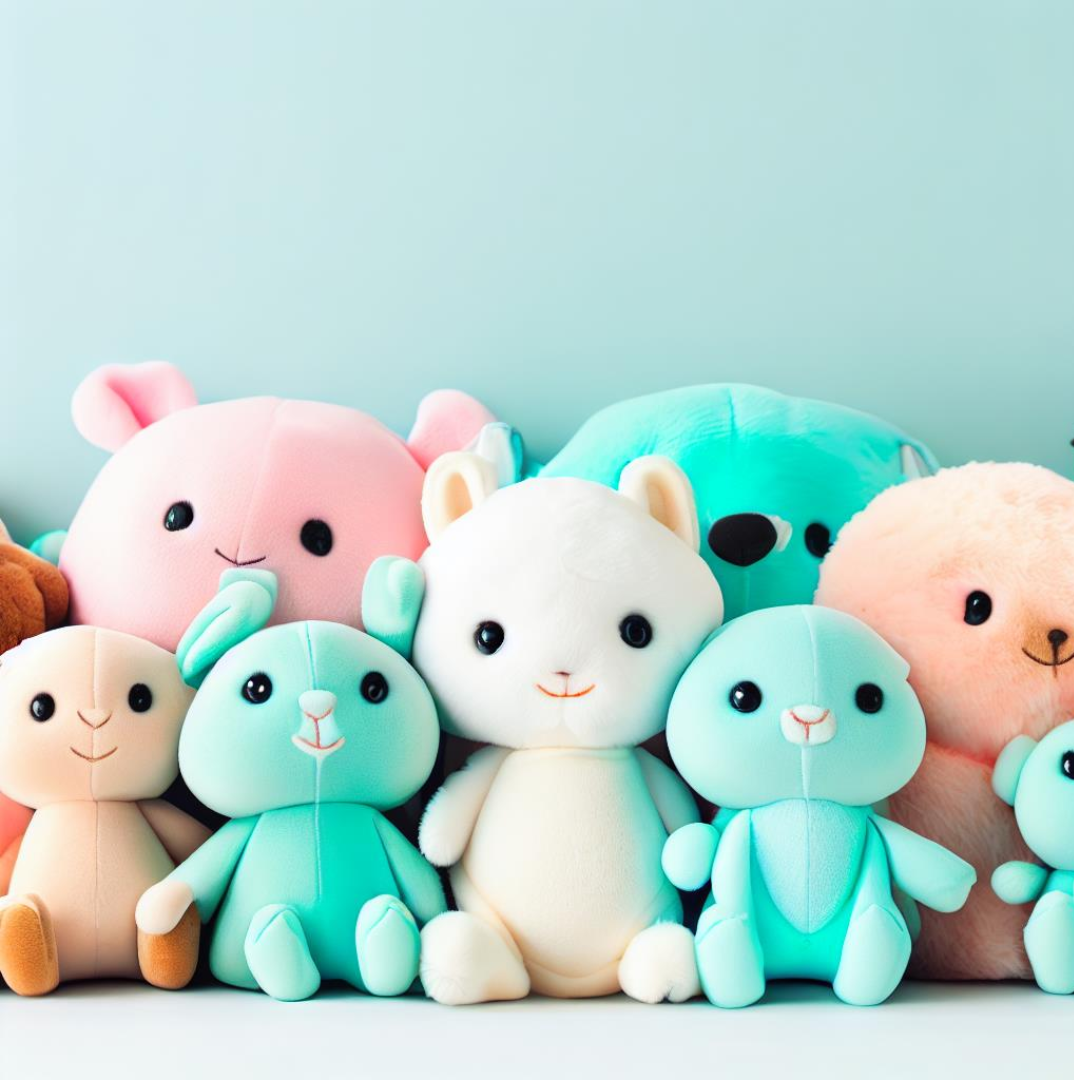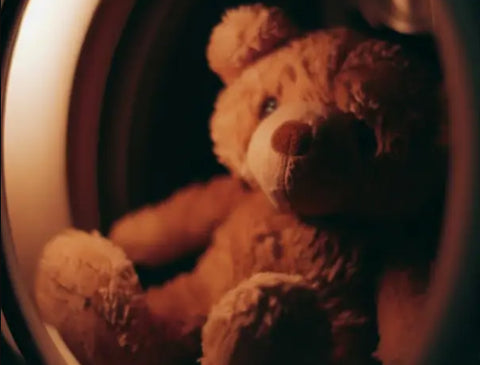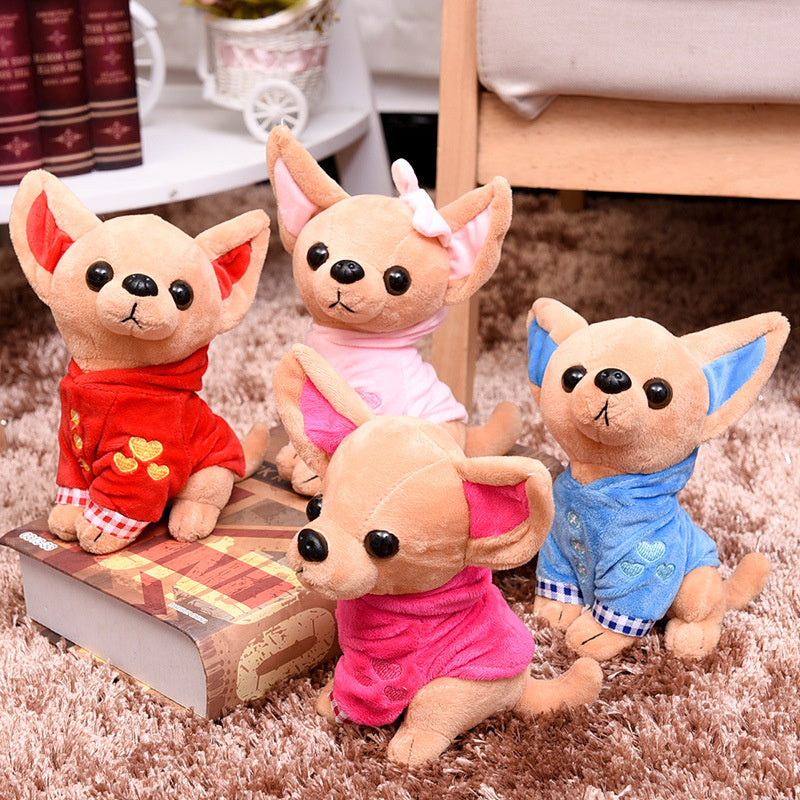

· By The Wakaii Team
Cleaning Infested Plushies: Wakaii's Expert Guide
Hello, plushie lovers! We know how much you adore your cuddly companions, and we also understand the horror of discovering they've been infested by pests.
But don't worry, we've got your back.
Today, we're going to share a comprehensive guide on how to clean infested plushies and ensure they're safe and snuggly again. So, let's dive in!
How to Clean Infested Plushies
Now, let's get to the heart of the matter: cleaning those beloved plushies.
Regardless of the type of infestation, we have several methods to help you restore your plushies to their cuddly selves.
The method you choose will depend on the specific care instructions of your plushie. Let's explore these different methods :
Machine Washing
If your plushie is made of durable materials like polyester, machine washing can be an effective way to eliminate pests.
However, be aware that materials like rayon plush, mohair, wool, and alpaca fur should not be machine washed.
Here's how to machine wash your infested plushie:
- Protection: Place the plushie in a pillowcase or laundry bag to protect it during the wash. Make sure that the bag is sealed or closed to ensure the plushie doesn't get out during wash. This also helps contain any pests during the washing process.
- Washing: Use a hot cycle if possible, as heat can help kill pests. Use a gentle cycle to prevent damage to the fabric and colors.
- Detergent: Use a mild detergent. Avoid using bleach or fabric softeners as they can damage the plushie's fabric and stuffing.

Hand Washing
If your plushie isn't machine-washable, or if you prefer to wash by hand, you can clean your infested plushie in a basin or sink using a mild detergent. Here's how:
- Preparation: Fill a basin or sink with warm water and add a small amount of mild detergent. Gently agitate the water to create suds.
- Cleaning: Place the plushie in the water and gently squeeze it to absorb the soapy water. Be sure to clean all areas of the plushie to ensure any pests are removed.
- Rinsing: Rinse thoroughly under warm water until all the soap is gone. Keep rinsing until the water runs clear to ensure all the dirt is gone.
- Drying: Gently squeeze out the excess water. Avoid wringing or twisting the plushie as it can damage the shape and stuffing.

Spot Cleaning
For minor infestations, spot cleaning is a quick and easy solution. This method can also be used for localized infestations. Here's how:
- Preparation: Mix a small amount of mild detergent with warm water.
- Cleaning: Dip a clean cloth or sponge in the solution and wring out the excess water. Gently blot the infested area with the damp cloth. Avoid rubbing as it can spread the infestation or damage the fabric.
- Rinsing: Rinse the area with a cloth dipped in clean water.
- Drying: Pat the area dry with a towel and let it air dry.

Sometimes, you might come across plushies that can't be machine washed or cleaned manually (according to the care label).
But don't worry, we've got some special tricks up our sleeves for these cases!
Freezing
Yes, you read that right! Freezing is a surprisingly effective method for dealing with certain types of infestations, especially bed bugs. Here's how to do it:
-
Preparation: Place your plushie in a sealed plastic bag. This prevents any moisture from getting in.
-
Freezing: Put the bagged plushie in the freezer for at least 72 hours. This should kill any pests present.
-
Thawing: After freezing, allow the toy to return to room temperature naturally. This prevents condensation from forming, which could potentially cause mold or mildew.
Note: Most toys with electronic parts will not survive a deep freeze.

Heat Treatment
If your plushie can't be washed but can withstand heat, a dryer can be your best friend. Here's how:
-
Preparation: Place your plushie in a pillowcase or laundry bag to protect it from direct heat and tumbling.
-
Heat Treatment: Put the bagged plushie in a dryer on medium to high heat for at least 30 minutes. This method is particularly effective against bed bugs.
Remember that this method should be your last resort, as extended exposure to heat may damage your plushie.

Steam Cleaning
For larger plush toys that can't be machine washed, a handheld steam cleaner can be a lifesaver. The high temperature of the steam kills pests and their eggs.
-
Preparation: Fill your steam cleaner with water and heat it according to the manufacturer's instructions.
-
Steam Cleaning: Run the steam cleaner over the surface of the plushie, making sure to reach all areas.
-
Drying: Allow the plushie to air dry completely before use.
Pro Tip: Always test a small, hidden area first to ensure the steam won't damage the plushie's fabric or colors.

Post-Cleaning Steps and Preventing Future Infestations
Now that your plushie is clean and pest-free, it's time to talk about what to do next and how to prevent future infestations.
Storing Cleaned Plushies
After cleaning, it's crucial to store your plushies properly to prevent any future infestations. Here's how:
-
Drying: Ensure your plushie is completely dry before storing it. Any residual moisture could lead to mold or mildew. If you need a guide on drying our plush toys, check out our dedicated section on drying your plushies.
-
Storage: Store your plushie in a clean, dry place. If possible, keep it in a sealed plastic bag until you're sure the infestation in your home is completely eradicated.

Preventing Future Infestations
Prevention is always better than cure. Here are some tips to keep those pesky pests away from your beloved plushies:
-
Regular Cleaning: Regularly clean your plushies according to their care instructions. This can help prevent pests from making a home in them.
-
Home Hygiene: Keep your home clean, especially the areas where you store your plushies. Regular vacuuming and decluttering can go a long way in preventing infestations.
-
Prompt Action: If you notice signs of an infestation, act promptly. The sooner you address the issue, the easier it will be to control.
Wrapping Up
That's it for our comprehensive guide on how to clean infested plushies!
We hope you found it helpful and informative. Remember, at Wakaii, we're always here to help you keep your plushies clean, safe, and adorable!
Before you go, don't forget to check out our collection of kawaii plushies.
And if you want to stay updated with more tips and tricks, subscribe to our newsletter for a sweet 15% off your next purchase.
Got any questions or tips you'd like to share? Please let us know in the comments. We love hearing from our plushie-loving community!
FAQs
Not all plushies are suitable for machine washing. It's important to check the care label of your plushie. Materials like polyester are generally machine washable, while others like rayon plush, mohair, wool, and alpaca fur should not be machine washed.
For plushies that can't be machine washed, you can opt for hand washing, spot cleaning, freezing, and other methods. It's important to follow the specific instructions for each method to ensure the best results and avoid damaging your plushie.
Regular cleaning and proper storage are key to preventing future infestations. Keep your plushies in a clean, dry place and if possible, in a sealed plastic bag. Regular vacuuming and decluttering of the area where you store your plushies can also help prevent infestations.

